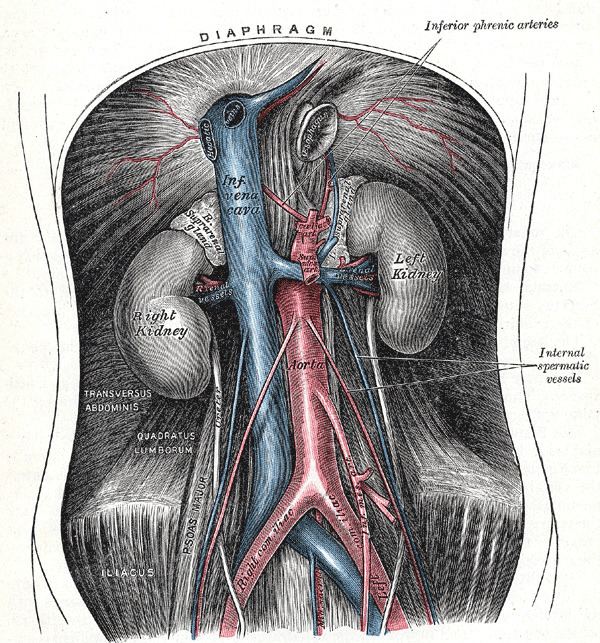ICD-9-CM 444.0 eMedicine med/2759 | DiseasesDB 29335 MeSH D007925 | |
 | ||
In medicine, aortoiliac occlusive disease, also known as Leriche's syndrome and Leriche syndrome, is a form of peripheral artery disease involving the blockage of the abdominal aorta as it transitions into the common iliac arteries.
Contents
Signs and symptoms
Classically, it is described in male patients as a triad of the following signs and symptoms:
- claudication of the buttocks and thighs
- absent or decreased femoral pulses
- erectile dysfunction
This combination is known as Leriche syndrome. However, any number of symptoms may present, depending on the distribution and severity of the disease, such as muscle atrophy, slow wound healing in the legs, and critical limb ischemia.
Treatment
Treatment involves revascularization typically using either angioplasty or a type of vascular bypass
History
The condition was first described by Robert Graham in 1914, but the condition with its triad of symptoms was ascribed to René Leriche. Leriche, a French surgeon, linked the pathophysiology with the anatomy of the condition. John Hunter's dissections of atherosclerotic aortic bifurcations from the late 18th century are preserved at the Hunterian Museum, but Leriche was first to publish on the subject based on a patient he treated with the condition at the age of 30. Following treatment the 30-year-old was able to walk without pain and maintain an erection.
